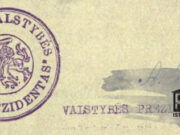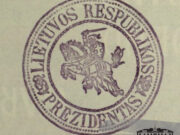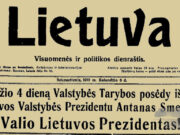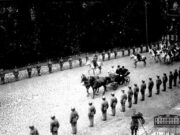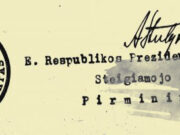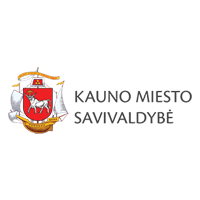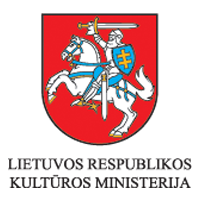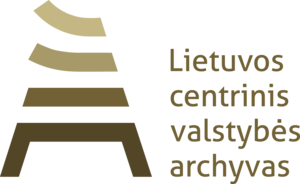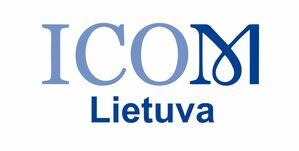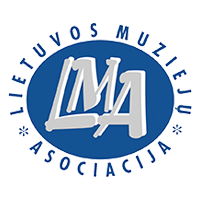The Office of the President 1919–1940
Three presidents took the presidential oath of office in the First Republic of Lithuania: Antanas Smetona spend the whole 15 years in this office; Aleksandras Stulginskis – 6 years (including 2 years, when as the Chairman of the Constituent Seimas he was an Acting President); and Kazys Grinius had barely 6 months, a short term ended by Coup d’État.
The President was elected by Seimas. Of course, not all elections were crystal clear and precise: there were cases, when presidential elections raised serious political crises.
The State President’s institution underwent many serious changes over these two decades of the First Republic of Lithuania – changing from nominal and representative to autocracy. The President’s power was always the main issue. It all started on April 4, 1919, when the amended Provisional Constitution consolidated the model of the Presidential Republic and defined the following roles: the President was the head of the State with broad powers, while the Seimas had legislative powers. But on May 15, 1920, the Constituent Seimas decided to belittle the President’s power. The discussions about the need for Presidential Institution started all over again. For some politicians this institution had menacing associations with monarchy and undemocratic regime, while others, advocating for the stronger Presidential Institution, secretly longed for the crown of King Mindaugas II. The dispute lasted for almost two years; for the time the Chairman of the Constituent Seimas Aleksandras Stulginskis was also the Acting President of the State.
Despite the ongoing and nervous discussions, the Constitution of April 8, 1922, very clearly consolidated the Presidential Institution, although with mere representative powers. The Seimas retained its prevailing position. The President was elected by Seimas. The term of office lasted for 3 years. Every citizen over 35, eligible for Seimas, was also eligible for presidential elections.
The power balance was disturbed by the December 17, 1926 Coup d’État; and the equilibrium was lost on April 12, 1927, when the 3rd Seimas was dissolved without the preset election day. Democratic regime surrendered to presidential one. The Constitution of May 15, 1928, declared the Presidential Institution the main institution of the State: the President was not accountable to Seimas any more; he became the Head of Lithuanian Army and leading voice in foreign politics. The term of office was prolonged up to 7 years. The order of presidential elections changed as well. The President was no longer elected by Seimas, but by Extraordinary Representatives of the People (the Representatives were elected by Councils of counties, rural districts and tows; one Representative represented 20 thousand citizens). The age census for presidential candidates changed – now it was 40.
But the reform did not stop there. On May 12, 1938, the President announced a new Constitution, which strengthened the President’s power beyond imagination. The President could dissolve Seimas or Government, and to legislate in the absence of Seimas. He received an absolute immunity: during the term of office he was neither politically nor legally accountable to Seimas or Government.
The World War II and the Soviet occupation brought their own amendments – the President’s Institution was abolished in 1940 and the State of Lithuania was no more.

